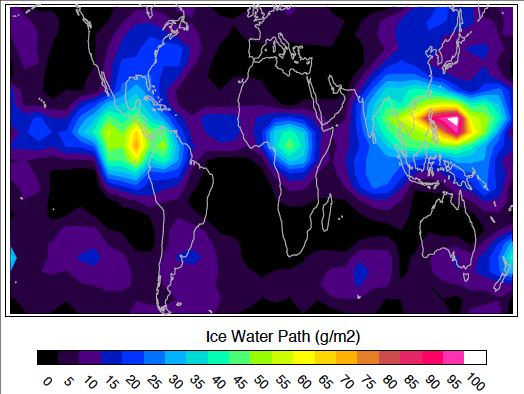SmallSat Missions @ GoddardIceCube
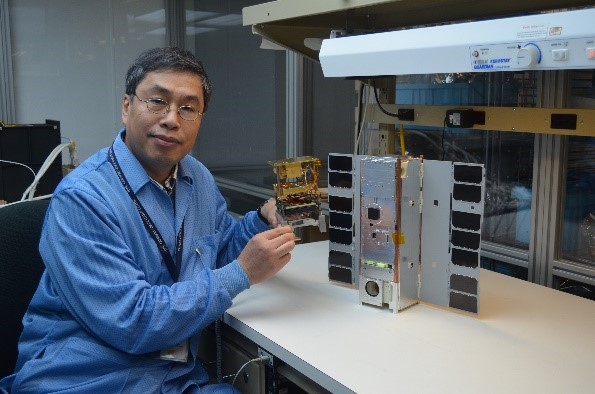
IceCube was a GSFC 3U CubeSat development led by Principal Investigator Dr. Dong Wu that started in April, 2014. The mission was funded by the NASA Earth Science Technology Office (ESTO). The primary objective of the mission was to validate and raise the technical readiness level (TRL) of a commercial 874 GHz submillimeter radiometer for cloud ice observations. Ice clouds play a key role in Earth’s climate system, primarily through regulation atmospheric radiation and interacting with dynamic, energetic, and precipitation processes. Sub-millimeter wave remote sensing offers a unique capability for improving cloud ice measurements from space, due to its great depth of cloud penetration and volumetric sensitivity to cloud ice mass. At around 874 GHz ice cloud scattering produces a larger brightness temperature depression than lower frequencies, which can be used to retrieve vertically-integrated cloud ice water path (IWP) and ice particle size.
To improve cloud ice measurements, GSFC had been working with Virginia Diodes, Inc. (VDI) to develop receivers that span from 100 GHz to 1 THz Even though the stability of the VDI receivers in space was uncertain, there was an expectation that submm-wave radiometers would work in space, so IceCube was funded to fast-track spaceflight demonstration and validation of the VDI 883-GHz receiver for cloud ice observations.
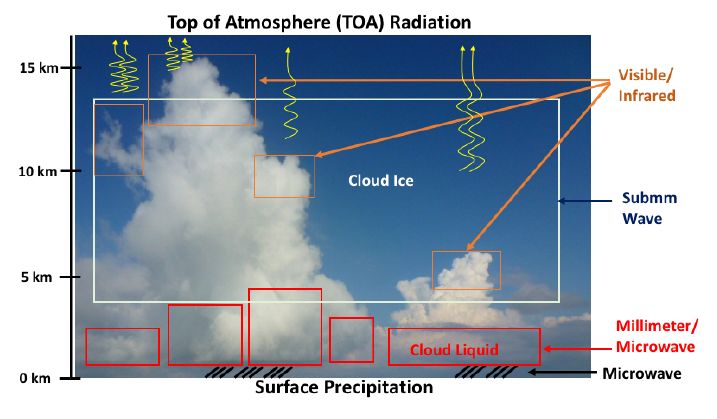
The IceCube radiometer assembly comprised of an offset parabola reflector with feedhorn, mixer, stable oscillator, RF multiplier chain, intermediate frequency chain, video amplified, and detector. This system was supported with its own power distribution unit and command and date handling board. At the top of the assembly were phase change material (PCM) thermal packs. For optical science performance the temperature of the instrument needed to stay below 30°C. The thermal packs were designed to maintain a stability of 20°C ±1°C.
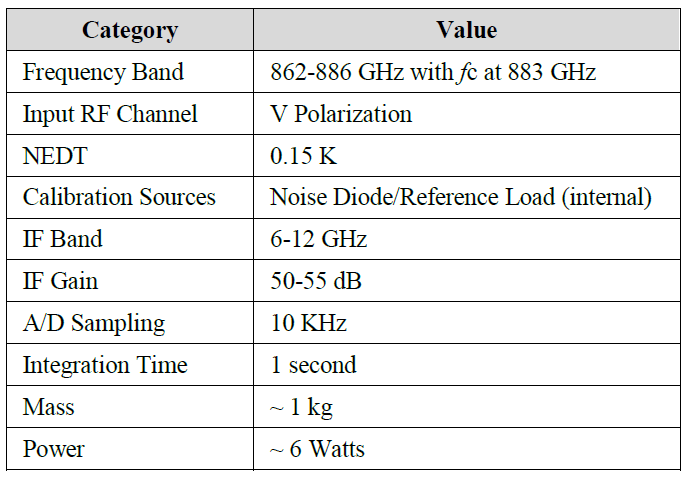
The instrument assembly was integrated with a bus comprised primarily of COTS components. Vendors for the bus system included Pumpkin (bus flight computer), Blue Canyon Technologies (ACS unit), Clyde Space (EPS, batteries, and solar panels), L3 communications (Cadet Radio), Novatel (GPS), and Innovative Solutions in Space (RF antenna).
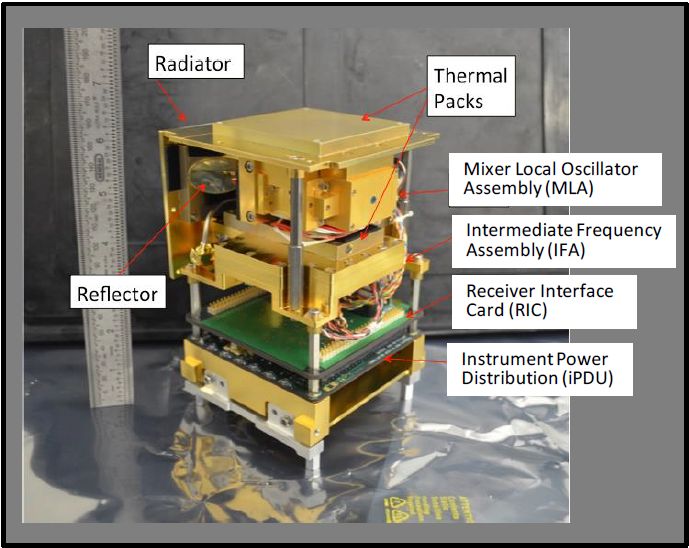
With respect to operations, IceCube was inertially pointed. It was to slowly spin about the sun-line at a rate of approximately 1°/s with the instrument field of view (FOV) sweeping alternative between Earth and space. There were different spin modes depending on whether the spacecraft was in day or night. The location of the instrument FOV was to be known within 25 km on the ground, which yielded a knowledge requirement of approximately 0.4°. The deployable solar panels had to be held to sun with 5°. These requirements drove the need for the reaction wheel and star tracker combination provided by the BCT XACT.
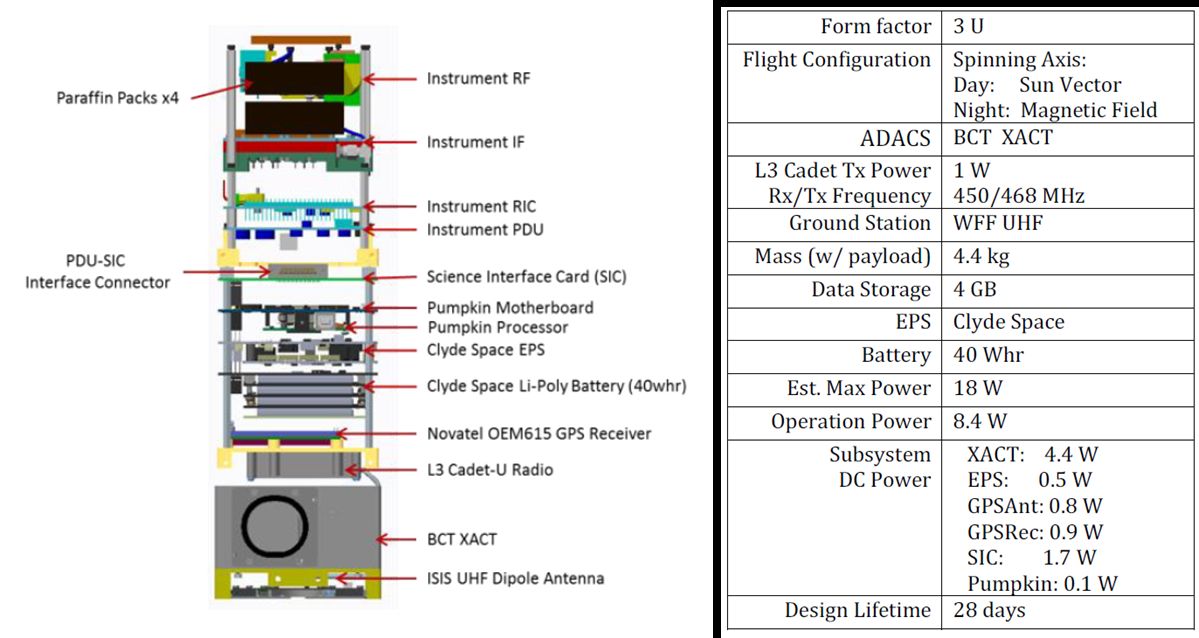
IceCube was manifested on a rideshare opportunity to the International Space Station (ISS) through the NASA ELaNa program. In preparation for launch, IceCube went through fit checks and vibration testing under the supervision of the launch integrator, NanoRacks. During that process, there was an issue encountered with the mechanical separation switches used to maintain the spacecraft in an unpowered state within the dispenser. A test campaign was then conducted to screen the replacement switches. Replacing the switches required significant disassembly and ultimately resulted in a penalty vibration test prior to delivery. After resolving the switch issue, the spacecraft underwent a 5-day thermal vacuum testing campaign. This included a thermal balance, thermal cycles, a cold solar panel deployment, and radiometer calibration using three blackbody references.
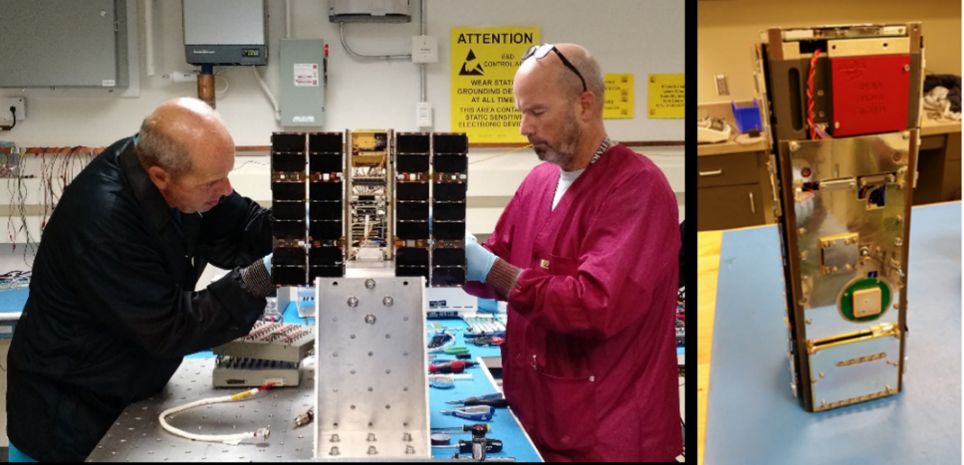
IceCube was delivered to NanoRacks in December, 2016. It was launched on an Atlas V vehicle out of Wallops Island, VA to the ISS on April 19, 2017 and released from the ISS on May 16, 2017. It was contacted immediately during its first pass over the NASA Wallops Flight Facility ground station. Successful solar panel deployment and power switch-on were confirmed. The first-light observation from the radiometer was made on June 6th and by July 17th there was enough data acquired to generate the first global 883-GHz cloud map. IceCube did experience some issues during its mission, including largely varying instrument noise, frequent GPS unlocking, inaccurate two-line elements during downlinks and orbital determination, and data reported in the attitude control system.
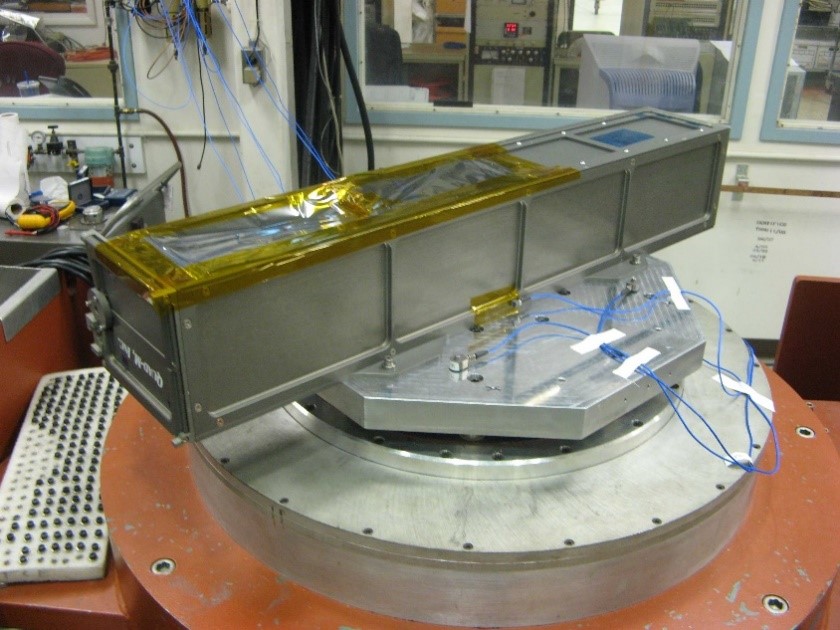
IceCube reentered the atmosphere on October 3, 2018 after approximately 16 months of operation. The spaceflight performance of the IceCube Spacecraft and instrument exceeded their expectations. The project met all mission objectives for 883-GHz technology demonstration. The data over several months demonstrated the capability of the instrument to maintain performance over a long period of time at its designed operation temperature. This instrument longevity has an important implication for both Earth and planetary science missions when long-period observations and journey are needed.
